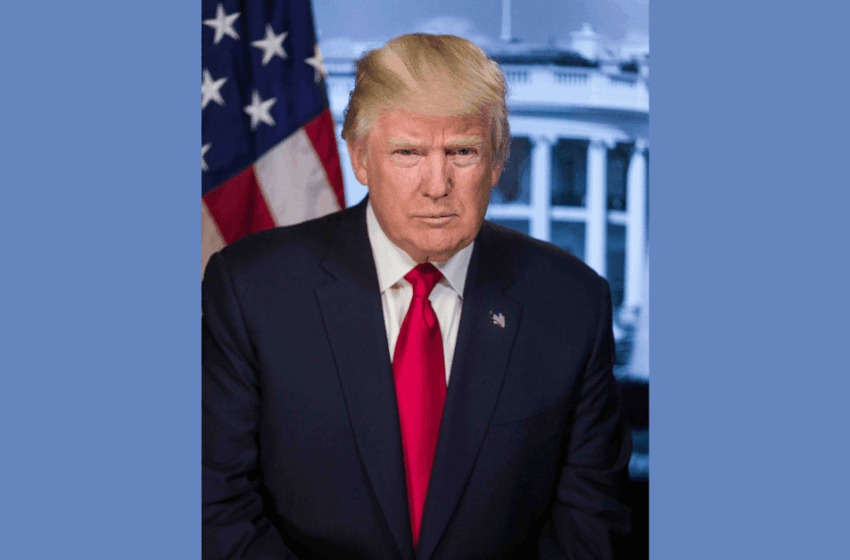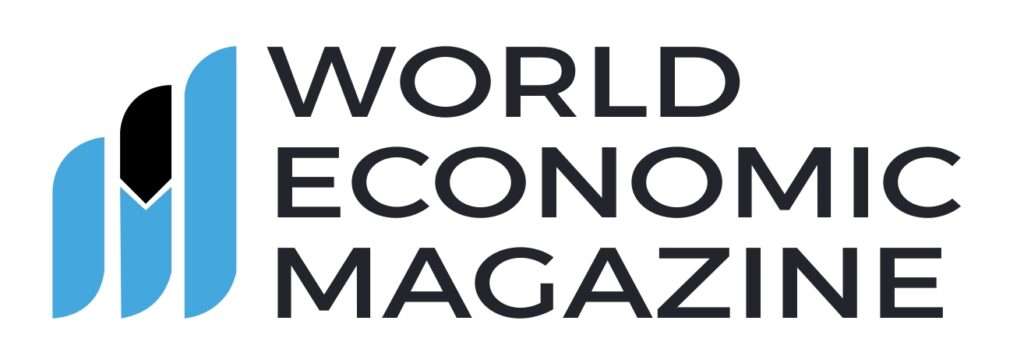
Trump Labels BRICS ‘Anti-American,’ Renews 10% Tariff Warning
In a bold and contentious declaration, former President Donald J. Trump has labeled the expanding BRICS coalition as “anti-American” and issued a fresh warning of a 10% tariff on any country aligning with the bloc’s economic or geopolitical stance.
The statement, posted on Mr. Trump’s Truth Social account, comes amid growing international efforts to reduce reliance on the U.S. dollar—a movement gaining traction within BRICS.
Earlier, Mr. Trump had warned that BRICS nations could face tariffs as high as 100 percent should they pursue de-dollarization strategies. The remarks signal a possible return to hardline trade tactics, potentially reviving the kind of U.S.-China economic friction seen during his first term.
What Is BRICS, and Why Does It Matter?
Originally composed of Brazil, Russia, India, China, and South Africa, the BRICS grouping has expanded to include Iran, Egypt, Ethiopia, the United Arab Emirates, and Indonesia—forming a 10-member coalition that represents:
- 45% of the global population
- Over 35% of the world’s gross domestic product
While BRICS initially focused on South-South cooperation and development, its evolving agenda now leans toward financial autonomy, including bypassing the U.S. dollar in bilateral trade and building a common payment system.
The U.S. Reaction: Tariffs as a Political Weapon
Leaning into the economic and geopolitical implications, Mr. Trump is attempting to reassert American dominance by threatening punitive tariffs. Although no specific countries were named, the warning appears to target practices such as:
- China and Russia selling oil and gas in yuan and rubles
- India and the UAE conducting trade in rupees and dirhams
- Iran and Russia promoting alternative banking systems to SWIFT
Mr. Trump’s message is clear: any effort to undermine the dollar could have consequences, even for traditional U.S. allies.
Why the Statement Sparked Controversy
Critics warn that Mr. Trump’s stance is:
- Economically risky: Tariffs could raise prices for American consumers and destabilize supply chains.
- Geopolitically divisive: Punishing countries for shifting to local currencies may drive a wedge between the U.S. and its partners.
- Strategically reactive: Rather than acting from a position of strength, the U.S. appears threatened by the emergence of a multipolar global order.
Supporters, however, view the move as a necessary step to protect American economic interests and preserve U.S. leadership in global finance.
FAQ
Why did Trump call BRICS ‘anti-American’?
Because BRICS is pushing to reduce U.S. dollar dominance in global trade and finance—an effort Mr. Trump views as a direct challenge to American influence.
What is the 10% tariff threat?
Mr. Trump has warned that countries aligning with BRICS’ de-dollarization agenda could face a 10 percent tariff on their exports to the United States.
Is this legally enforceable?
If re-elected, Mr. Trump could impose such tariffs using executive authority or under trade law provisions citing “national security,” similar to measures taken in 2018.
Is de-dollarization already underway?
Yes. Nations like China, Russia, and India are already conducting trade in their local currencies to reduce reliance on the dollar.
Could this spark a new trade war?
Potentially. Analysts warn that tensions could rise, especially with allies like the UAE and Indonesia now part of BRICS.
Final Thoughts
The escalating tensions around BRICS reflect a broader power struggle centered on the future of global currency politics. As the coalition grows in both size and ambition, Washington appears increasingly unsettled by the push for a post-dollar world.
Ironically, Mr. Trump’s threats may accelerate the very trend they aim to deter: a global shift toward financial sovereignty and multi-currency trade systems. The more pressing question now is whether the United States is prepared for a world where its monetary dominance is no longer assumed—and whether threats of economic coercion are the right tools for this new era.






